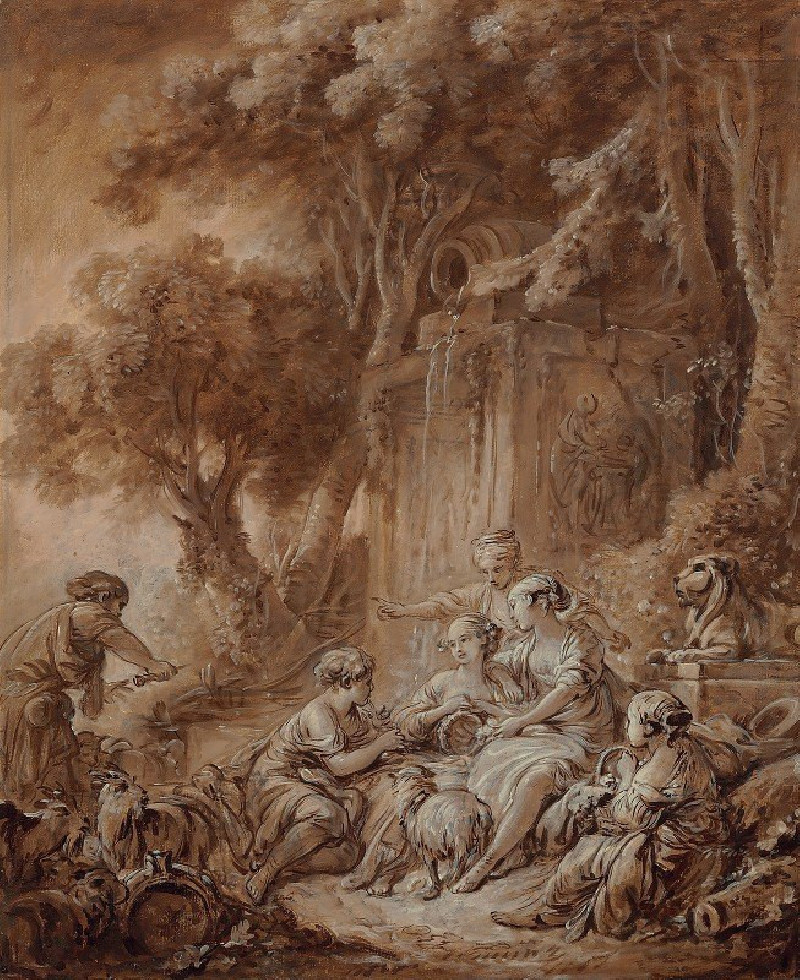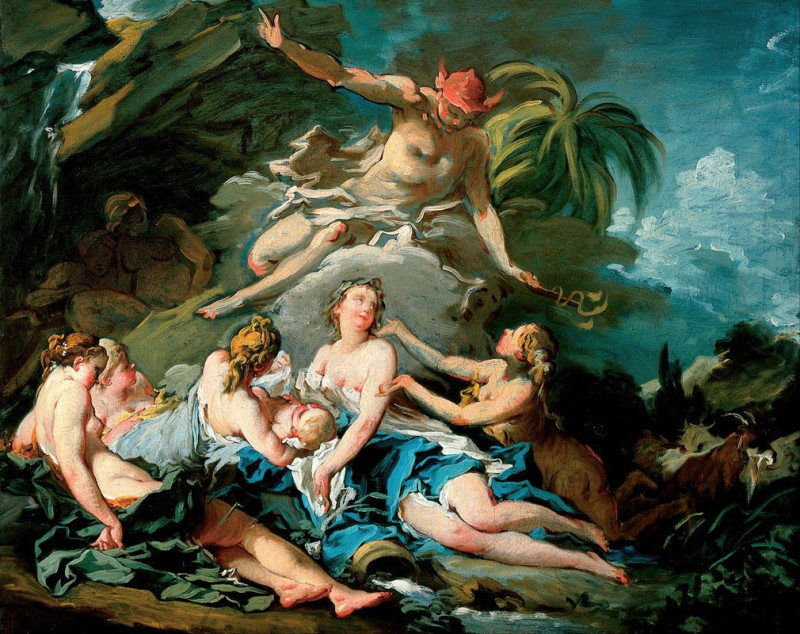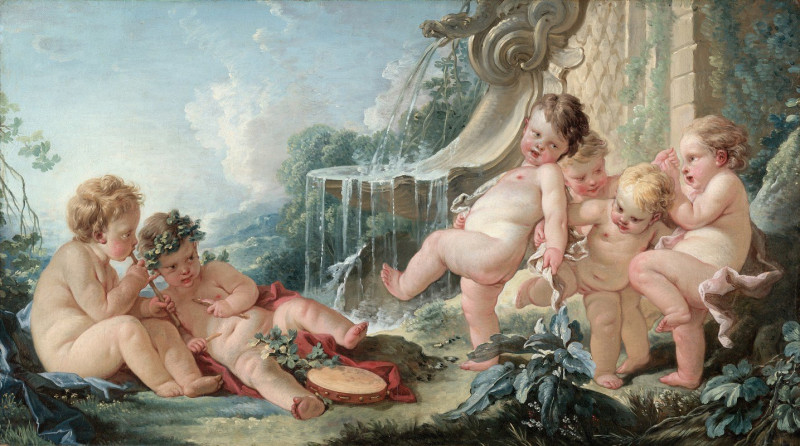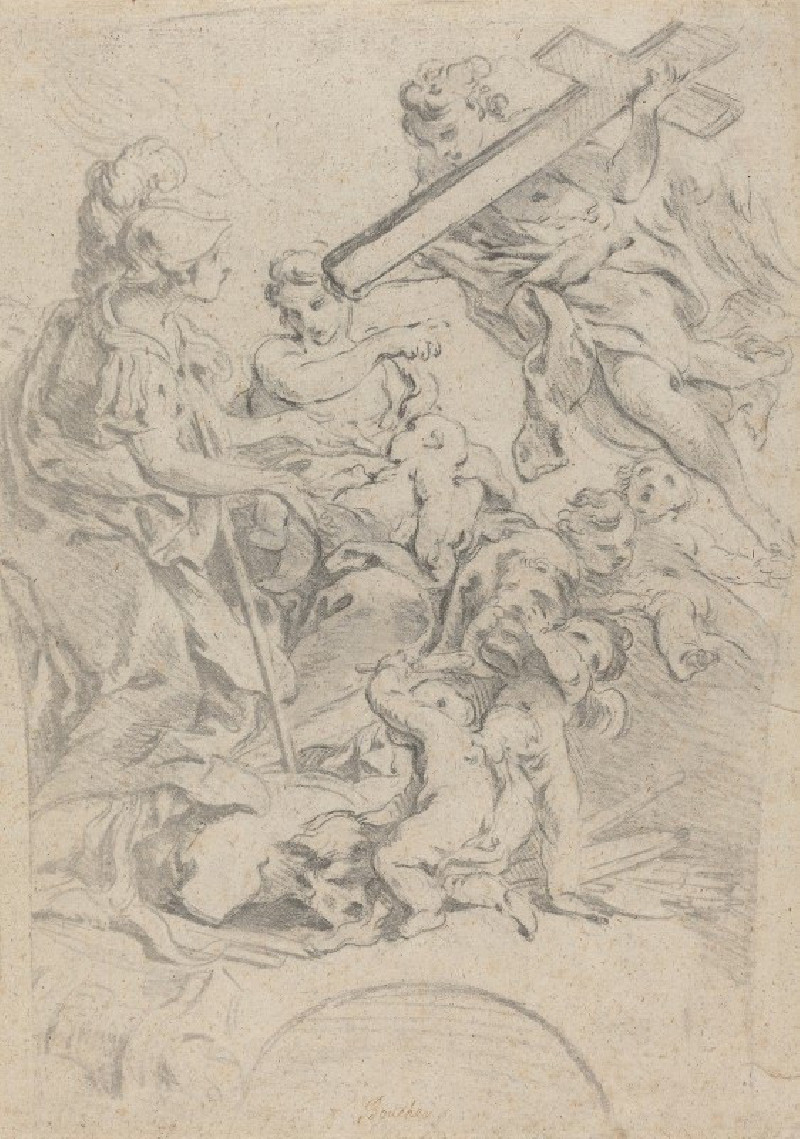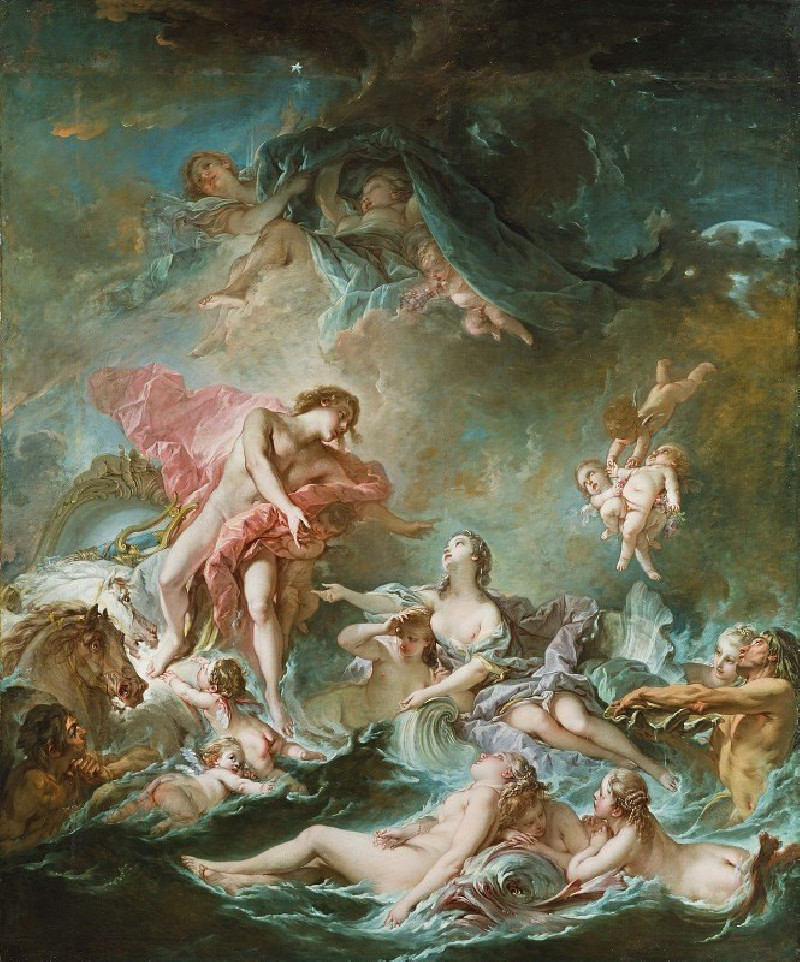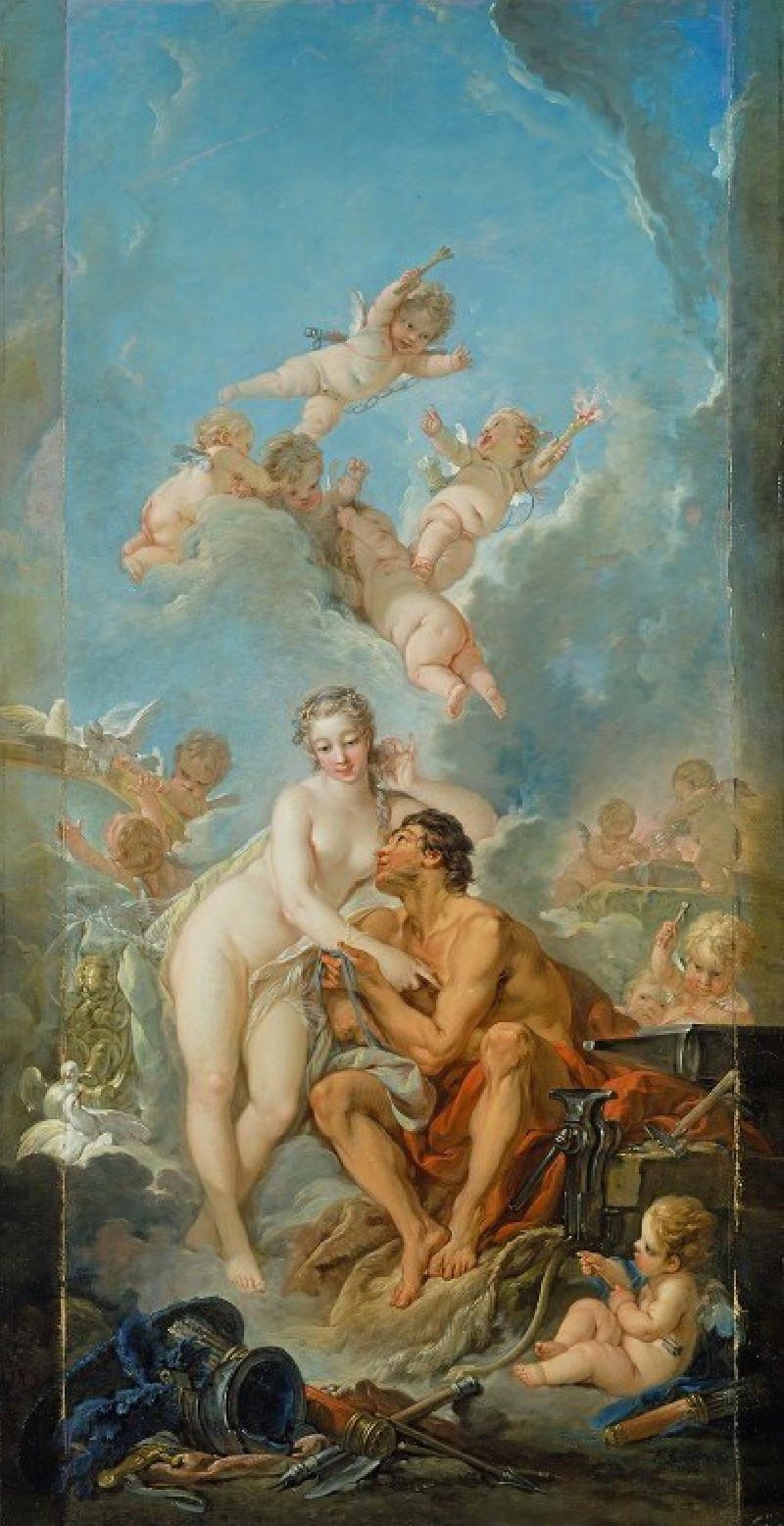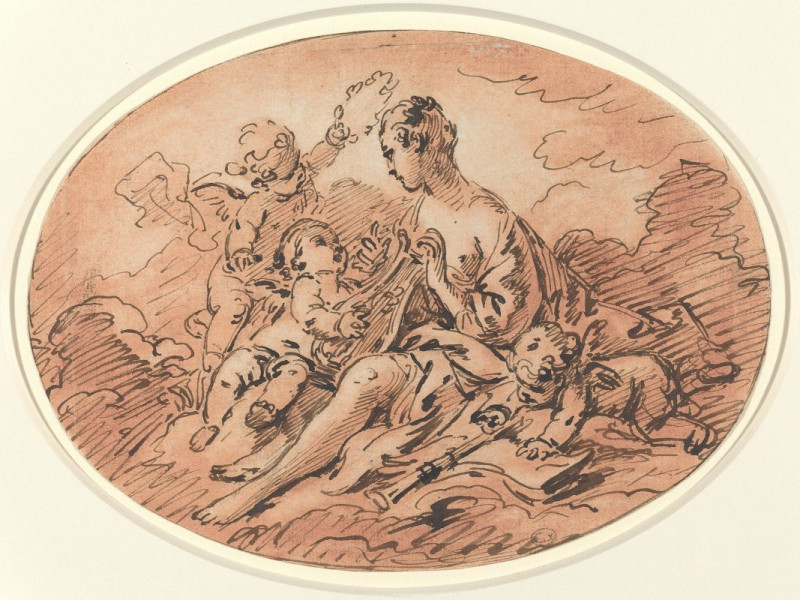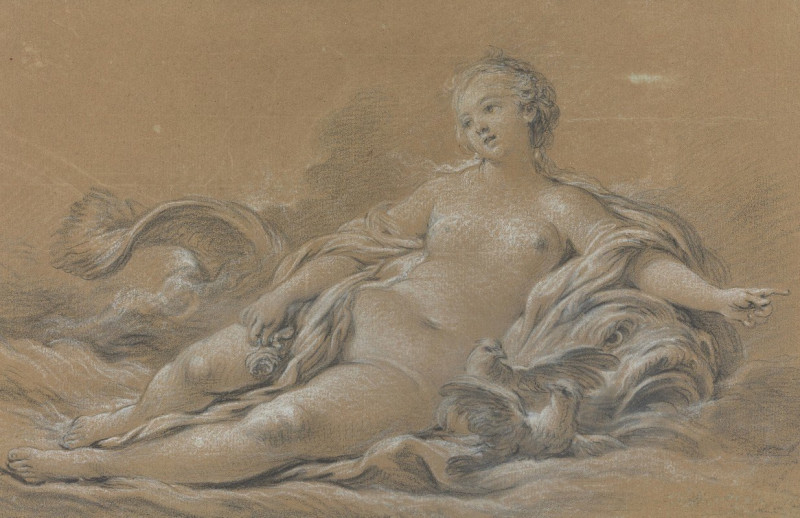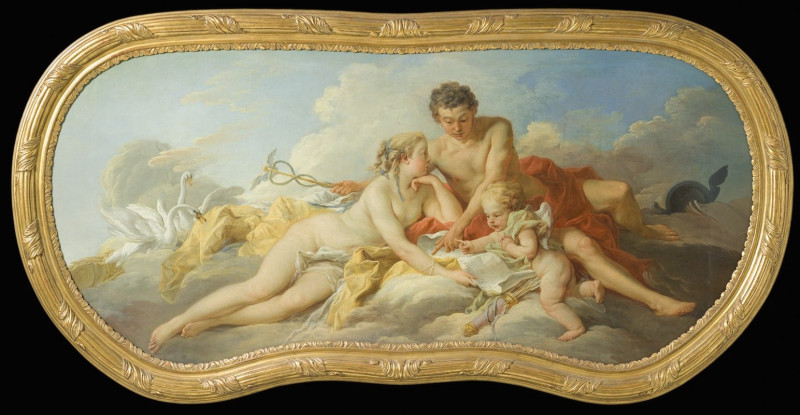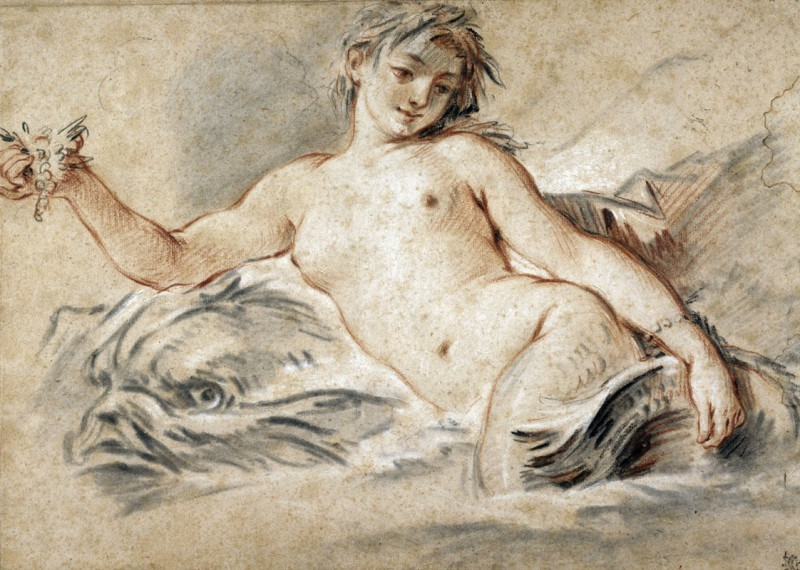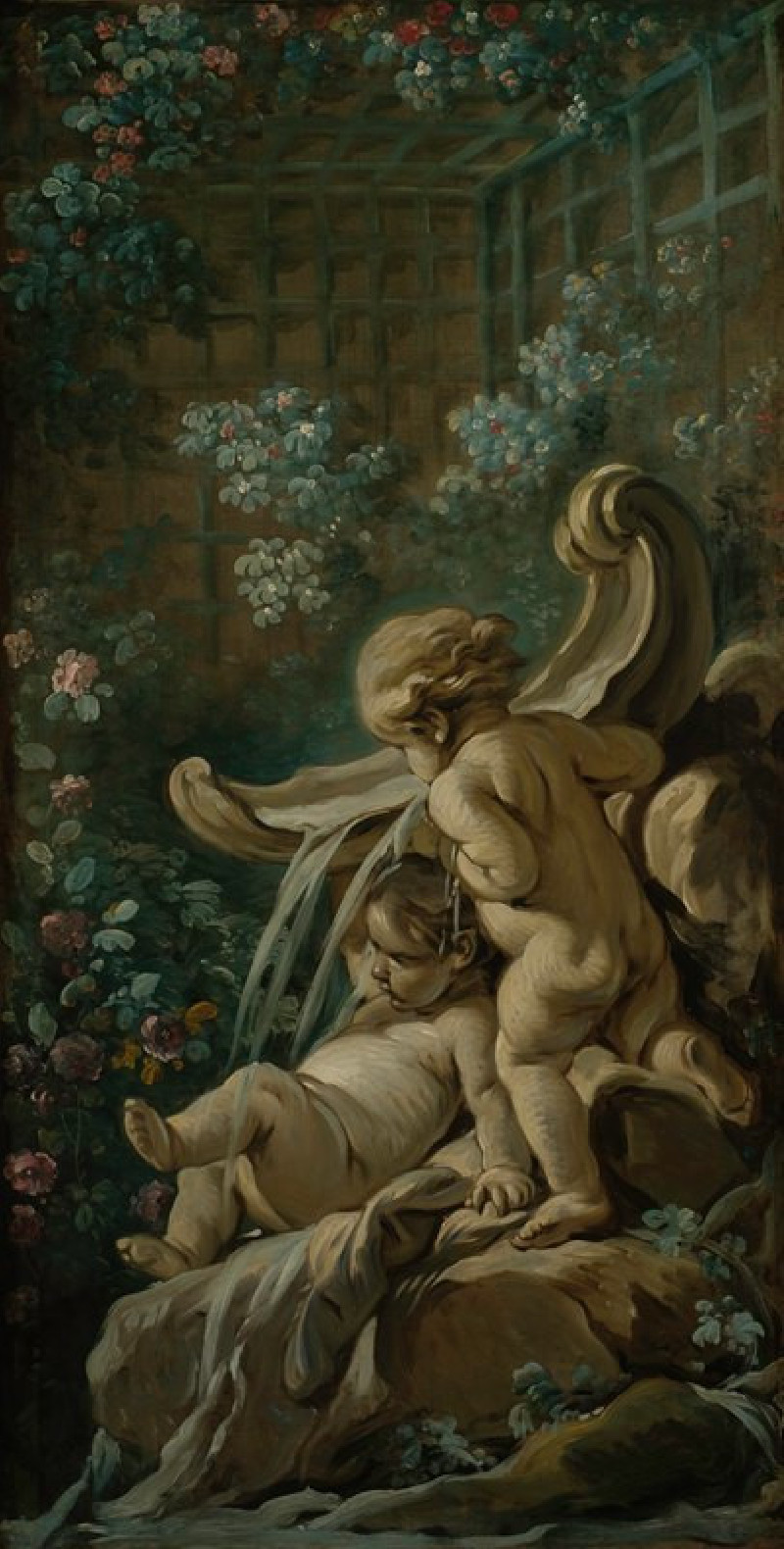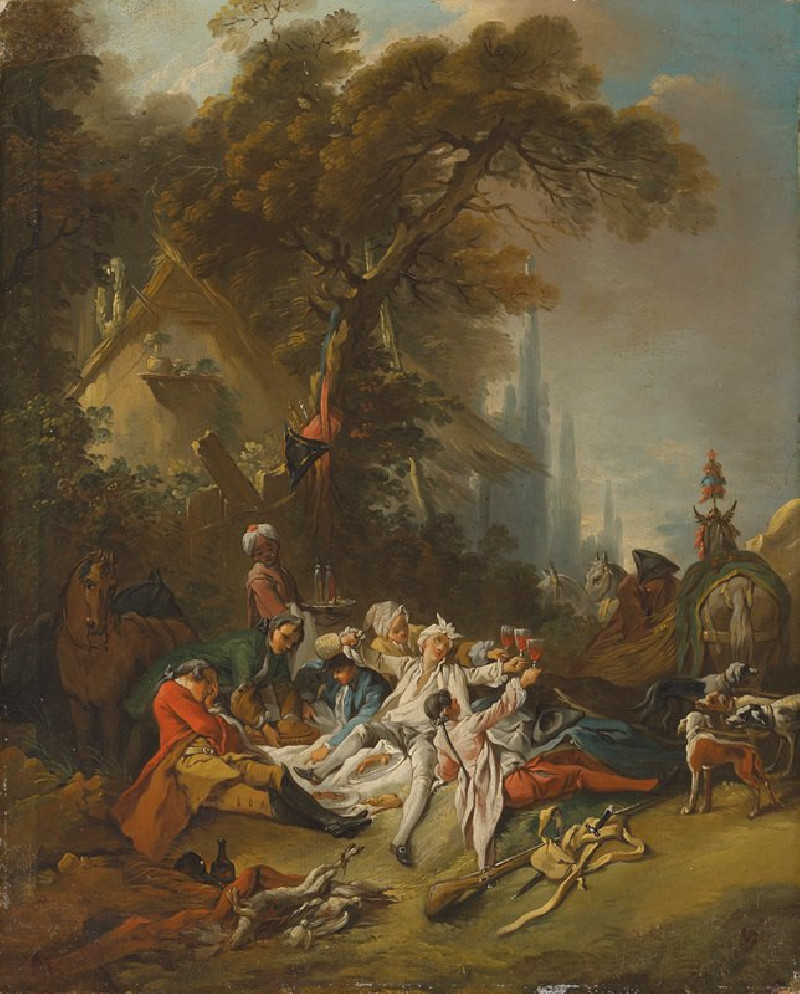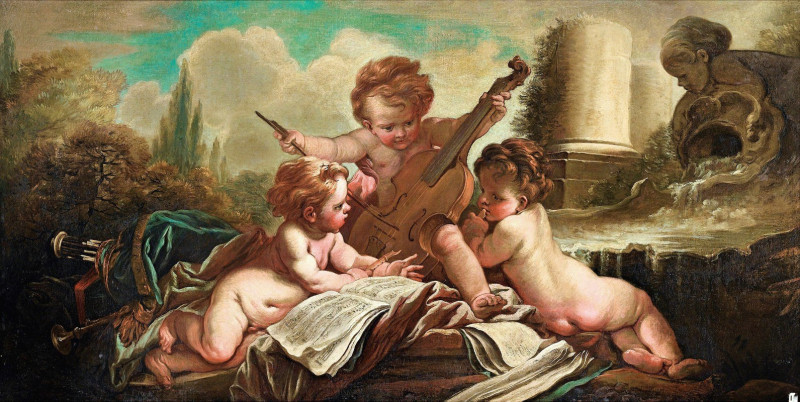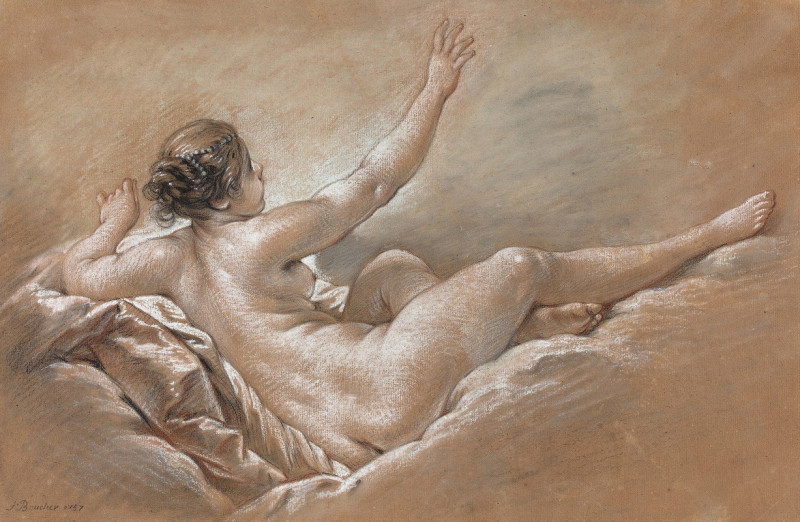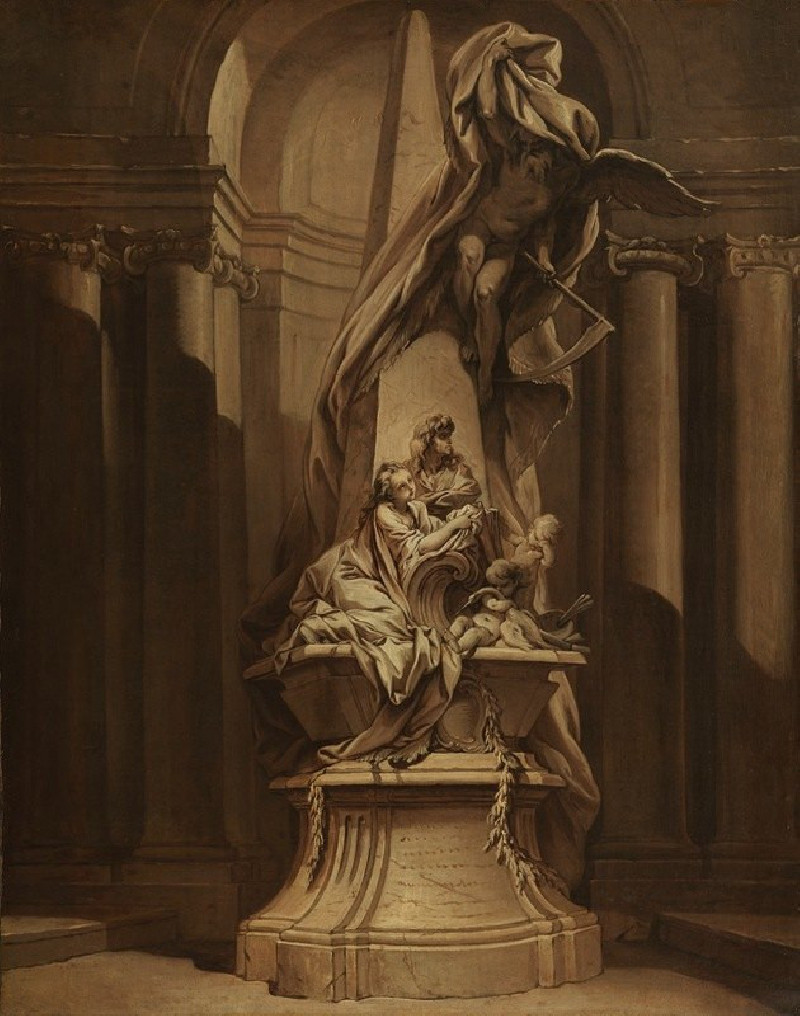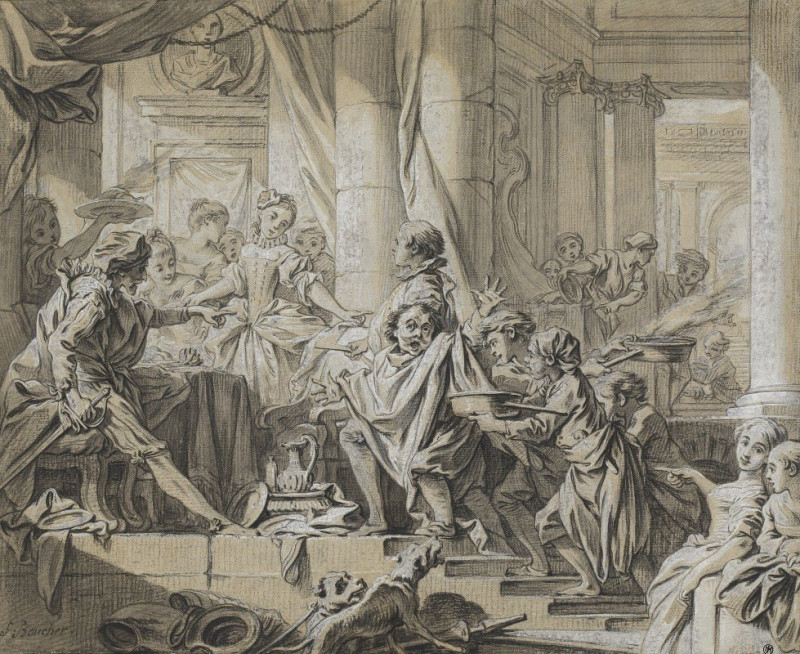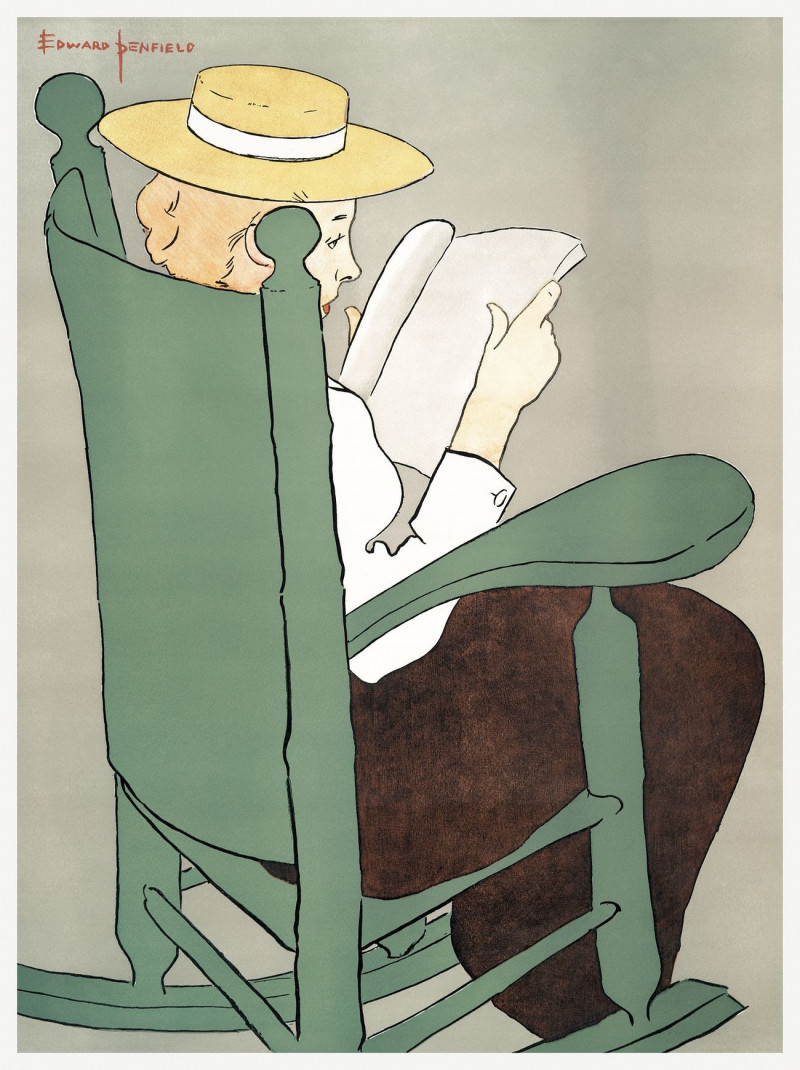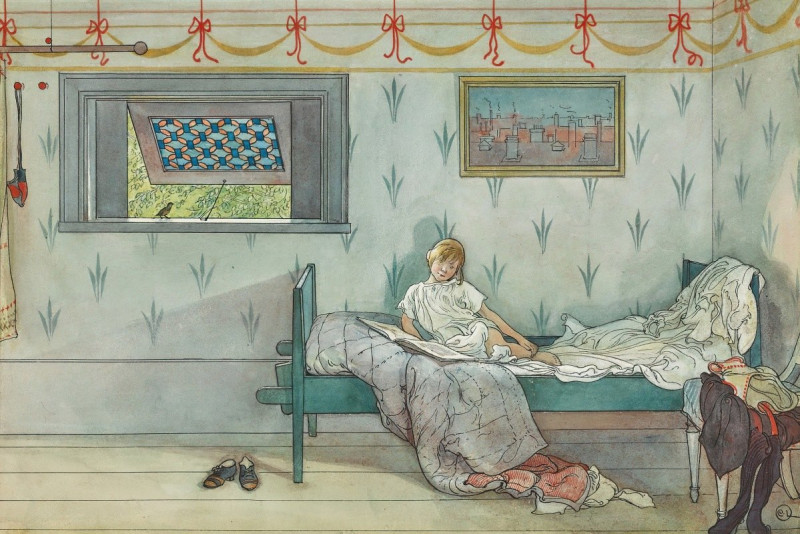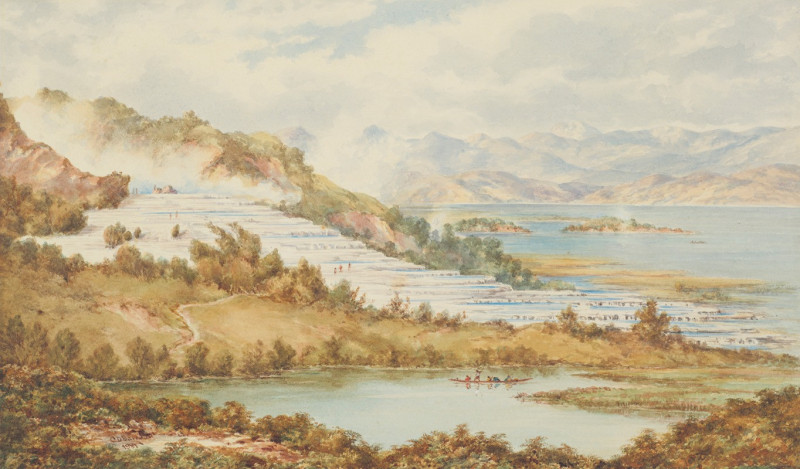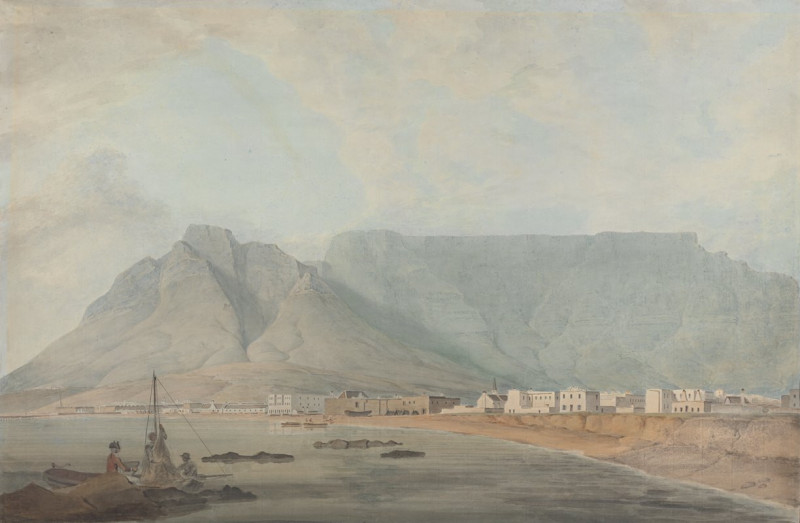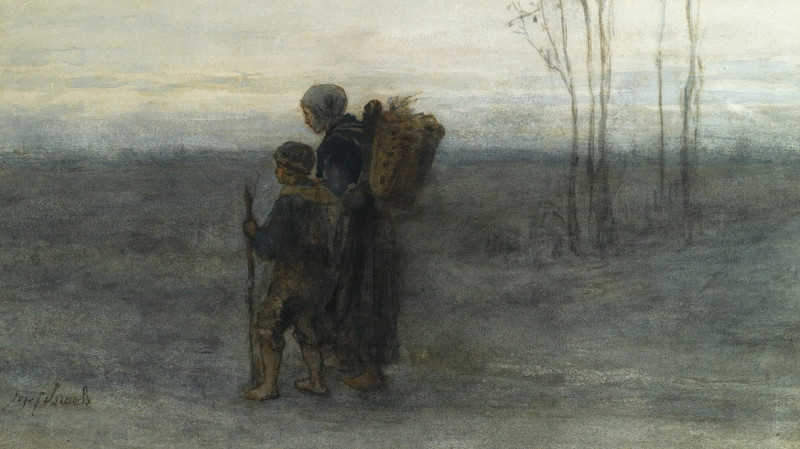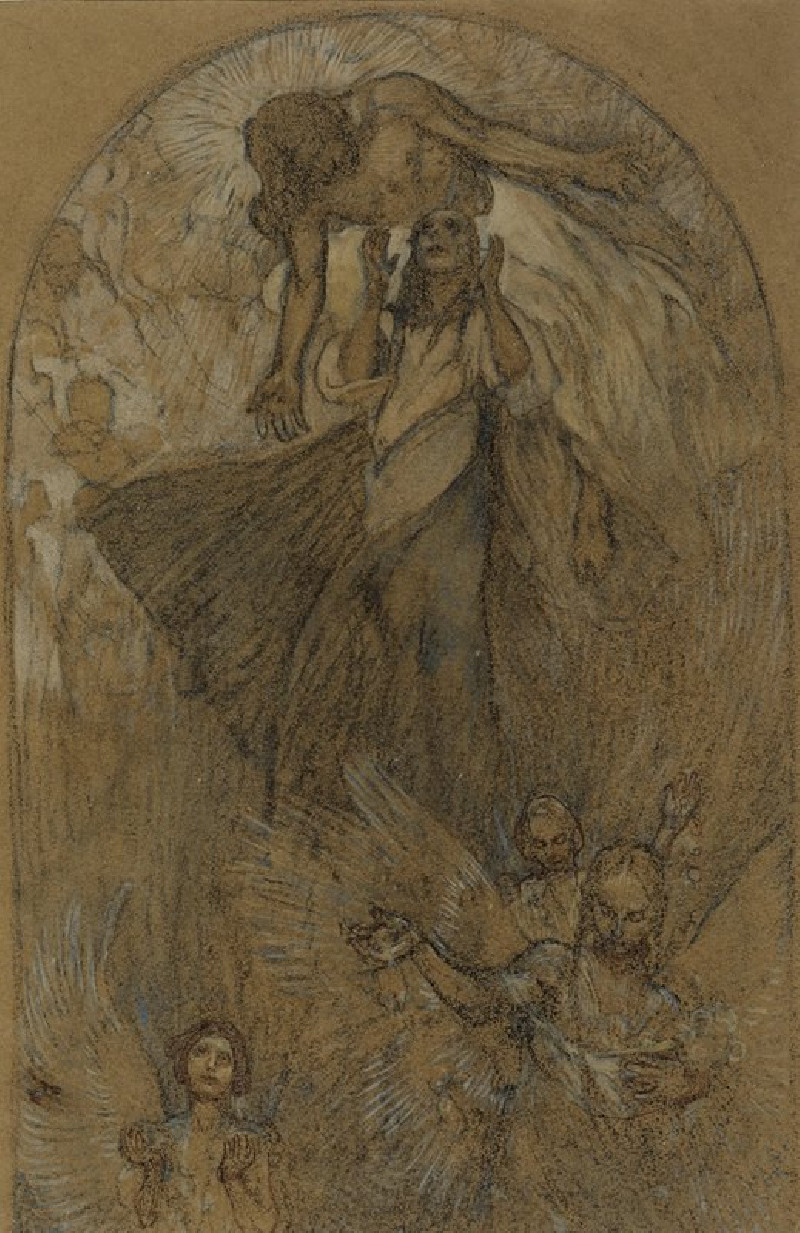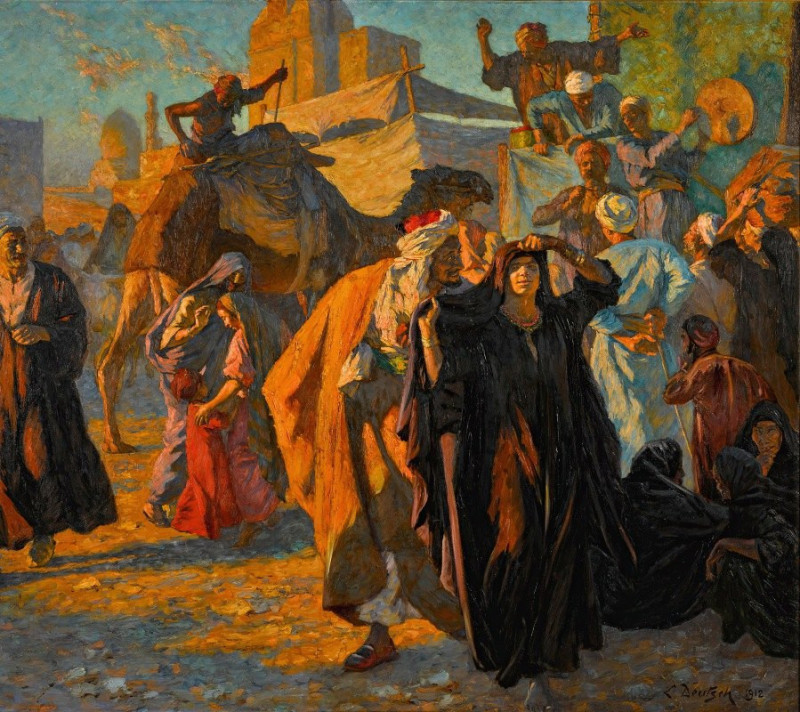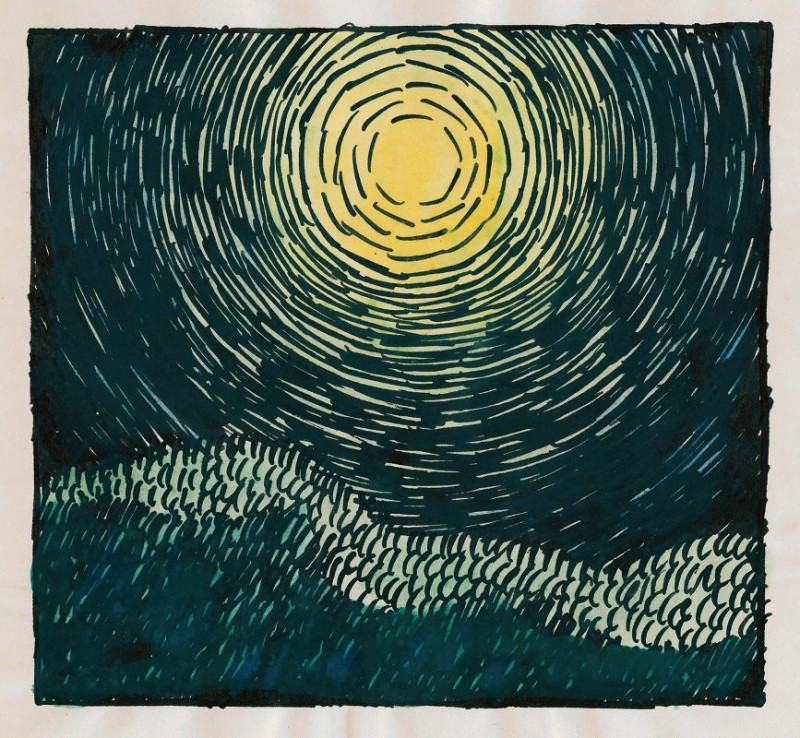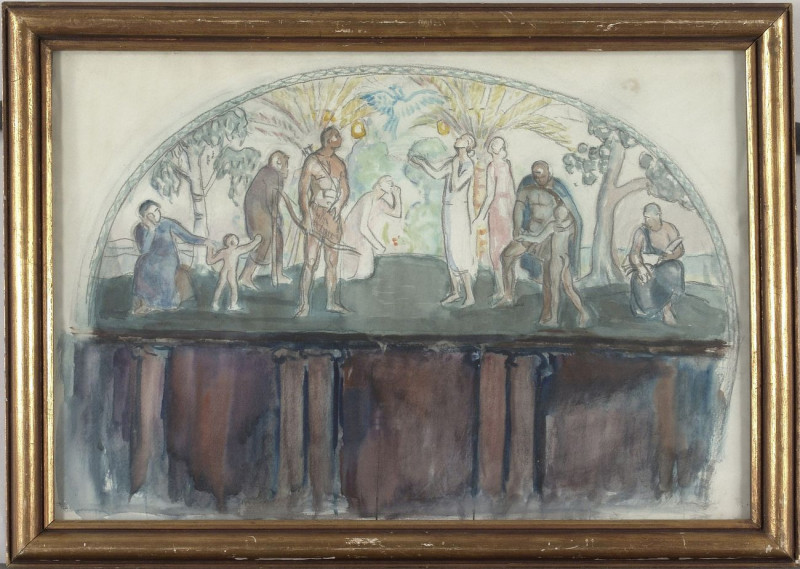Francois Boucher'S The Birth And Triumph Of Venus
Technique: Giclée quality print
Recommended by our customers
More about this artwork
Francois Boucher's painting, "The Birth and Triumph of Venus," epitomizes the Rococo style, renowned for its ornate elegance and emphasis on themes of love and mythological romanticism. This painting, vibrant with color and dynamic movement, beautifully encapsulates a mythological narrative set in a celestial and oceanic environment.The focal point of the composition is Venus, the goddess of love, who is depicted reclining gracefully on a shell, symbolizing her birth from the sea. Her pose is relaxed and effortlessly elegant, capturing the essence of divine beauty and serenity. Surrounding Venus are several figures that contribute to the narrative and allegory of her birth and celebration.Above Venus, an assembly of cherubs or putti, play in the clouds. They add a playful and joyous atmosphere to the scene, enhancing the celebratory nature of Venus's birth. These cherubs engage with one another and with Venus, some offering flowers and others simply floating jubilantly.To the right, we see attendants adoringly interact with Venus; these figures are often interpreted as nymphs or other mythological beings associated with the sea or beauty. They seem to be presenting her with gifts and adorations, emphasizing her importance and exalted status.Below, adding a dramatic and dynamic element to the scene, are figures that could be interpreted as tritons (mermen), who vigorously propel Venus's shell forward.
Delivery
Returns
François Boucher (1703–1770) was a French painter, engraver, illustrator and printmaker. He was a proponent of Rococo and had a huge influence in spreading the style throughout Europe. His art was idyllic and voluptuous with a high-toned palette of blues and pinks. He created designs for all decorative arts, porcelains and tapestries. Boucher also painted several portraits including his patroness Madame de Pompadour. He is one of the most celebrated decorative artists of the 18th century.




